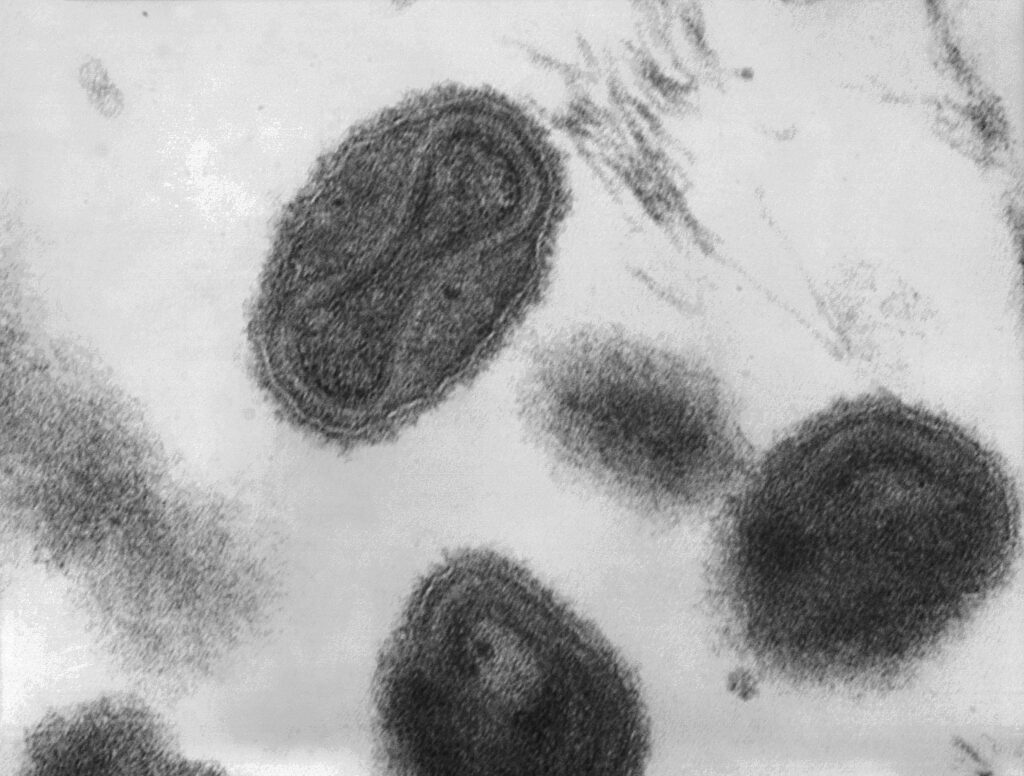The World Science Day for Peace and Development is a gold mine of societal change, independent thinking, and entrepreneurial spirit.
Of course, it would be impossible to write a complete list on how science has affected the world for good. So, for the World Science Day for Peace and Development, we’ve collected five innovations you may not have heard of. They show how science and international collaboration combine to help in peace and development around the world.

The smallpox virus under a microscope
1. The Eradication of Smallpox
Throughout the 20th century, smallpox was responsible for around 300 million deaths worldwide. That was until a campaign led by the World Health Organization successfully eradicated the disease.
The international collaboration between scientists and governments on vaccination transformed how the world sees diseases. It saved the lives of millions of people, freeing up hospitals and saving families from the horrors of smallpox.
2. The Great Green Wall
As the planet warms, deserts expand into areas of fertile land. Nowhere is this more prominent than in the nutrient-rich soils on the borders of the Sahara Desert.
This region, known as the Sahel, is one of the poorest areas on earth and suffers frequent droughts, lack of food, conflicts over dwindling natural resources, and mass migration to Europe.
The Great Green Wall project aims to plant 8,000 kilometers of trees to lock moisture into the soil and stop the advancing Sahara. This will help the development of the whole Sahel, as well as reducing mass migration by climate refugees.
3. Solar-Powered Lamps
Solar-powered lamps maybe aren’t the first thing that comes to mind when thinking about peace and development. For many people, they’re a fun gadget or an eco-friendly way to light up a garden.
But in countries where electricity is unreliable or non-existent, solar-powered lamps make reading at night possible. This is a huge boost to literacy rates in poorer countries, closing the education gap in a cheap, sustainable way.
The Little Sun Foundation is dedicated to empowering school children all over the world.

The first batch of IR8 rice. BBC.
4. IR8 Rice
In the 1950s, a population boom and food scarcity meant that huge swaths of Asia were in trouble. Scientific work began on genetically modifying rice to produce a higher-yield. In 1967, IR8 rice became the crop of choice.
Capable of producing 10 times the amount of rice as traditional varieties, “Gold Rice” significantly reduced hunger all across Asia. Aside from saving countless lives, this prevented a mass migration and potential conflict, just like the Great Green Wall.
5. The Washing Machine
Much more than a handy way of cleaning clothes, the washing machine has empowered women all over the world. Hand-washing clothes, which has traditionally been left to women, is a long, hard task. The introduction of washing machines cut that time down to the push of a button, giving women free time for education and work.
Nobody describes the impact of the washing machine better than the late Swedish physicist Hans Rosling.

